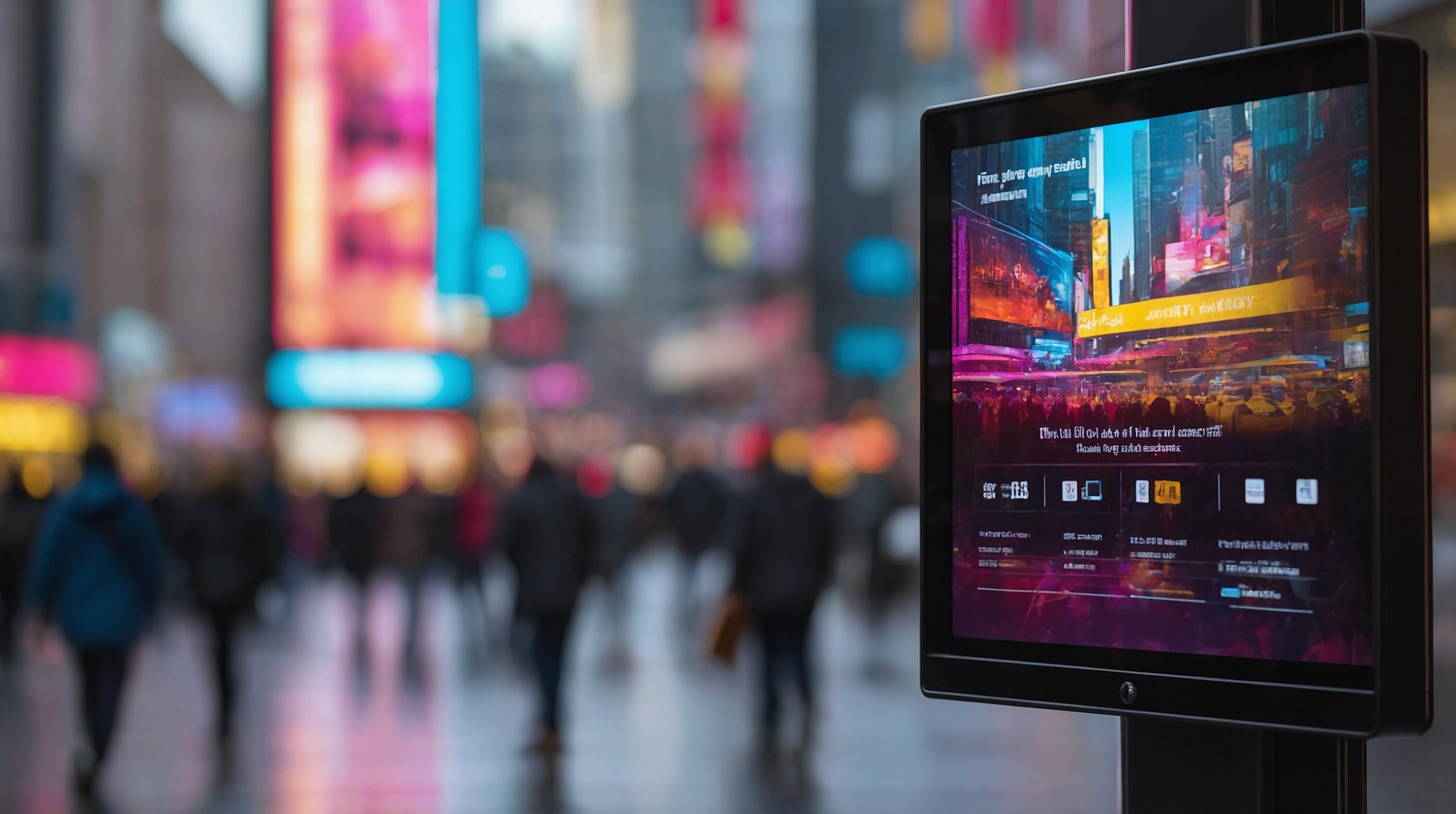Understanding Cybersecurity Vulnerabilities in Digital Signage
Once considered low-risk targets, digital signage systems have become increasingly appealing to hackers. These systems display content on electronic screens in public spaces, often featuring advertisements, information, or entertainment. Today, hacking into a digital signage system can yield significant notoriety due to the disruption it can cause. Imagine the chaos if a hacker were to replace a digital ad with false information. This not only impacts the company responsible for the ad but also misleads the public, potentially causing panic or misinformation.
Insights from InfoComm 2024 Panel Discussion
InfoComm 2024, a prestigious event in the audiovisual industry, addressed these concerns in a panel discussion organized by Dan Ferrisi, the group editor for commercial and security at Emerald. The panel comprised industry leaders including Jeff Hastings, CEO of BrightSign; Gabi Shriki, SVP and head of AV business at Valens; and Cory Morelli, Solutions Engineer at HighSecLabs.
Jeff Hastings: Proactive Measures
Jeff Hastings emphasized the importance of being proactive in cybersecurity, stating that merely reacting to incidents is insufficient. He suggested regular updates and patches for digital signage software to mitigate vulnerabilities. Moreover, implementing multi-layer security frameworks can prevent unauthorized access.
Gabi Shriki: Understanding the Threat Landscape
Gabi Shriki highlighted the evolving nature of cybersecurity threats. He noted that hackers are getting more sophisticated, employing techniques such as phishing and malware to infiltrate networks. Shriki advised that organizations must stay informed about the latest threats and adapt their security measures accordingly.
Cory Morelli: Best Practices for Securing Systems
Cory Morelli shared practical tips for securing digital signage systems. He recommended using strong authentication methods, such as two-factor authentication (2FA), to ensure that only authorized individuals can access the system. Morelli also stressed the importance of encryption to protect data transmitted between devices.
Implementing Security Best Practices
To protect digital signage systems from cyber threats, businesses must adopt a comprehensive security strategy. This includes:
- Regularly updating software and firmware to patch vulnerabilities.
- Employing multi-layered security measures to detect and prevent unauthorized access.
- Training staff on cybersecurity awareness to recognize and avoid phishing attempts.
- Using strong authentication methods to limit access to the systems.
- Encrypting data to protect sensitive information from being intercepted.
By implementing these best practices, businesses can significantly reduce the risk of cyber attacks on their digital signage systems, ensuring the integrity and reliability of the information they display.
Conclusion
As digital signage continues to play a crucial role in delivering information to the public, safeguarding these systems against cyber threats is imperative. The insights provided by industry experts at InfoComm 2024 highlight the importance of proactive and comprehensive security measures to protect digital signage from evolving cyber threats.













